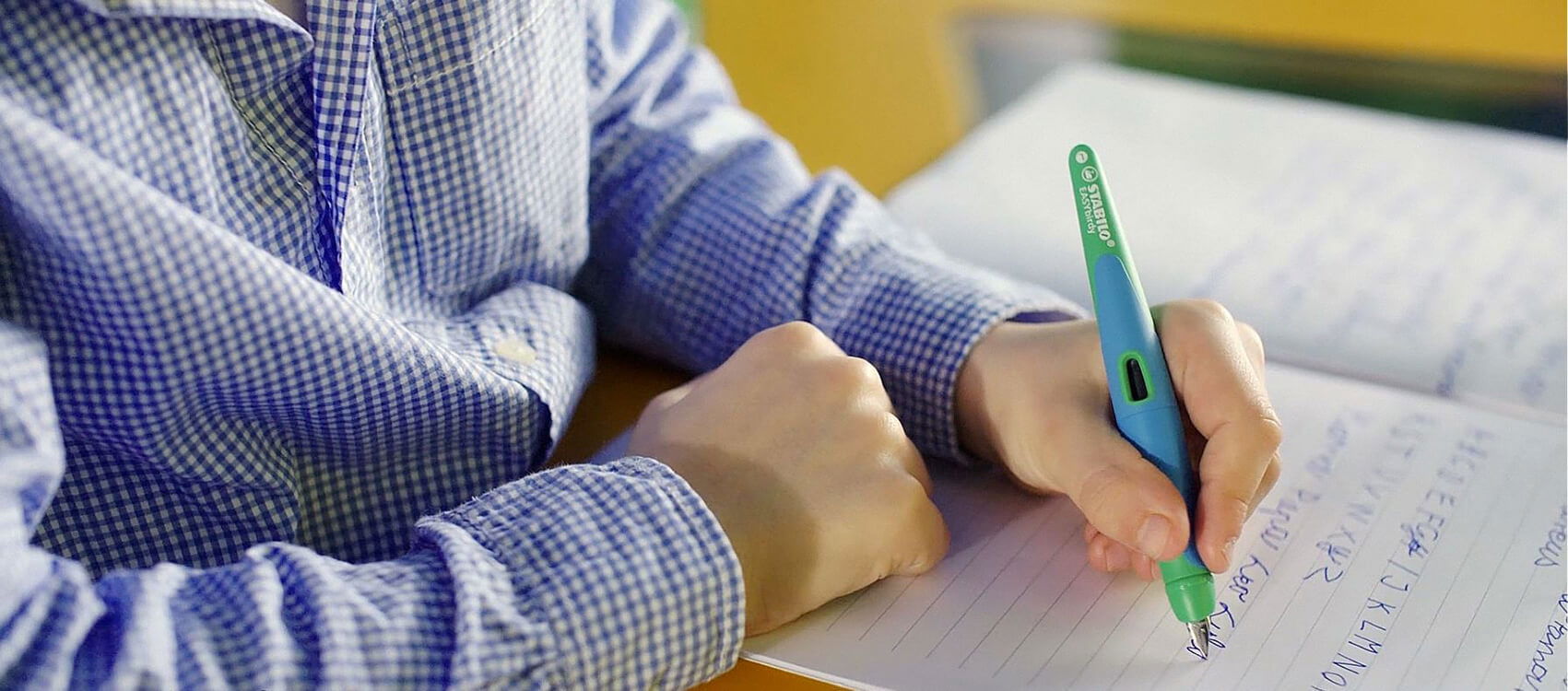Product recommendations for:
Advice & Tips
Downloads
Responsibility









